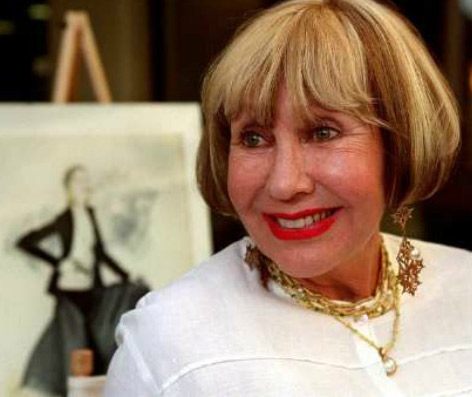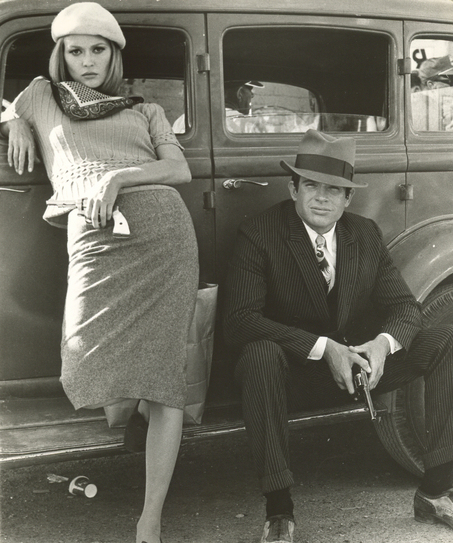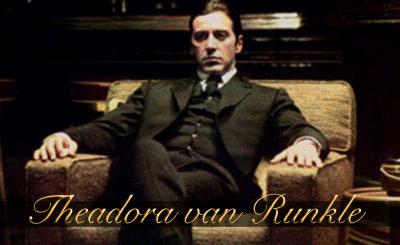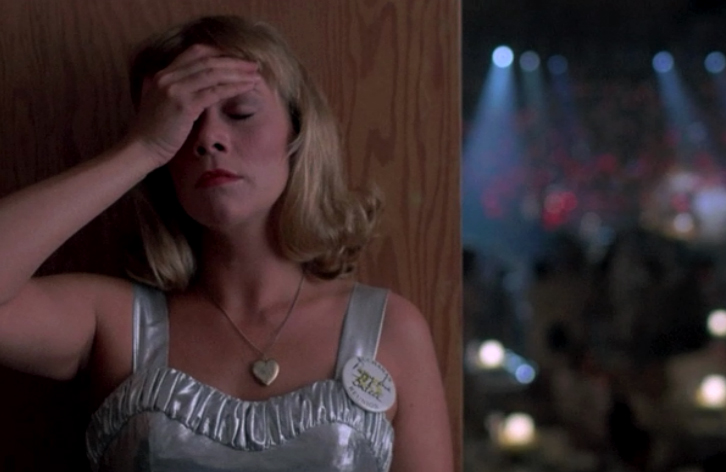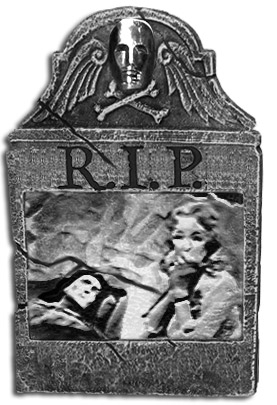 HERE LIES... Bette Davis's Best Actress nomination for What Ever Happened to Baby Jane?, sent to an early grave by Anne Bancroft's more Oscar-friendly work in The Miracle Worker.
HERE LIES... Bette Davis's Best Actress nomination for What Ever Happened to Baby Jane?, sent to an early grave by Anne Bancroft's more Oscar-friendly work in The Miracle Worker.
Andreas from Pussy Goes Grrr here. In 1962, Bette Davis had a good three decades of acting ahead of her—what endurance!—but her disturbing, self-deprecating performance as Baby Jane Hudson sure feels like a go-for-broke swan song. It builds on all her tics and trademarks (bitchiness, powerful voice, melodramatic intensity) and exaggerates them almost beyond recognition. Following in the footsteps of Norma Desmond, Baby Jane's a quintessential star-as-monster. Try as you might, you just can't look away.
Granted, Joan Crawford does co-star as Baby Jane's paraplegic sister Blanche. But this is unmistakably Bette's show all the way: she dominates every second of screen time, whether by snarling and squawking with an alcohol-induced slur, or through a mere flutter of her eyelashes. She plays the role broader than broad with gargoyle makeup and coarse body language, often standing akimbo like a pissed-off teenager. But she leaves space for smaller gestures, like the sudden, wicked curling of her lips, that give us a vision of Baby Jane's sick, sad inner life.
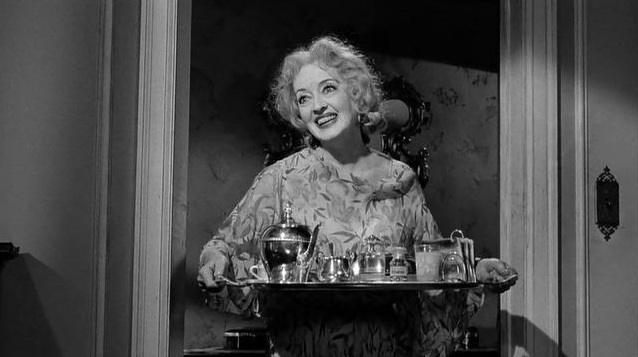
Because she's not all monstrous. If only she was, she'd be so much easier to watch. Instead Bette plays her with a nagging core of pathos, of innocence lost. Occasionally her underlying tragedy (and implicit Electra complex) breach the surface, like when she sings her old vaudeville hit "I've Written a Letter to Daddy." It's the film's great can't-look-away set-piece, a pitiful song and dance rooted in Baby Jane's hideous regression to childhood, and Bette performs the hell out of it. No shame, no holding back, nothing but raw chutzpah.
Egged on by Victor Buono's ghoulish pianist, she hoarsely belts out the mawkish melody, and the resulting incongruity is a nauseating mix of horror and morbid comedy. It's a boozy, psychotic siren song that, to their credit, the Academy's members were unable to resist. It's an artifact of poisoned camp, a sour recapitulation of Bette's Hollywood career, and an indelible piece of horror history.
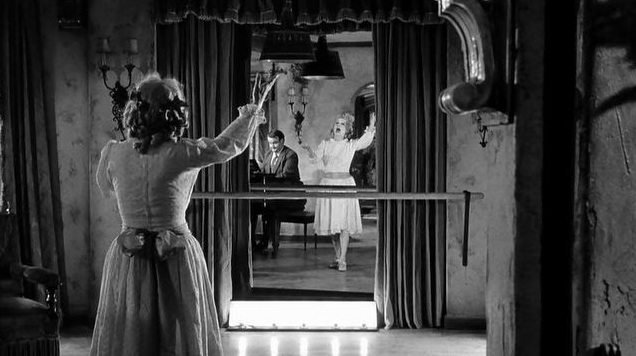
And if you want a real surprise, watch Baby Jane back to back with Bette's foray into Hammer horror, The Nanny. There, she's equally chilling, but all of Baby Jane's grand flourishes have been replaced with stoicism and restraint. It's black-and-white proof that Bette's performances didn't just have magnitude; they had range.
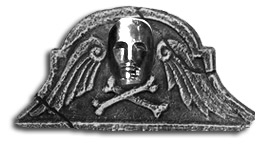
Previously on Oscar Horrors
The Fly, Death Becomes Her, The Exorcist, The Birds, Carrie and more....
Top 100 Most Memorable Best Actress "Characters"
 Tuesday, February 21, 2012 at 4:00PM
Tuesday, February 21, 2012 at 4:00PM 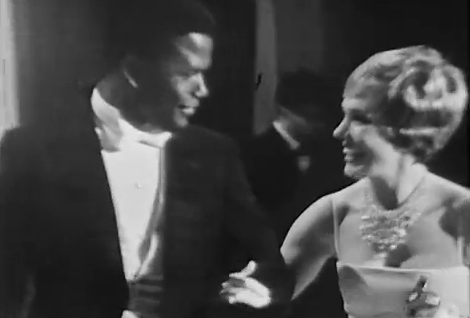 Sidney Poitier escorts Best Actress Julie Andrews off the stage
Sidney Poitier escorts Best Actress Julie Andrews off the stage



